Sustainable tourism thesis: Albergo Diffuso tourism project
On this page, we are sharing information taken from my master’s degree thesis: the Albergo Diffuso (a sustainable tourism project made in Italy):
- This is a summary of my dissertation:Albergo Diffuso (AD) is a sustainable formula for tourist development. It is a project for Lario’s and Ceresio’s Valleys.
- A Focus about some ideas I couldn’t insert into my dissertation: my too much ambitious ideas!
Are you interested to know more about Albergo Diffuso hospitality model and my dissertation? I will be very happy to send it. However please note that it is written in italian.
Cheers
Sara
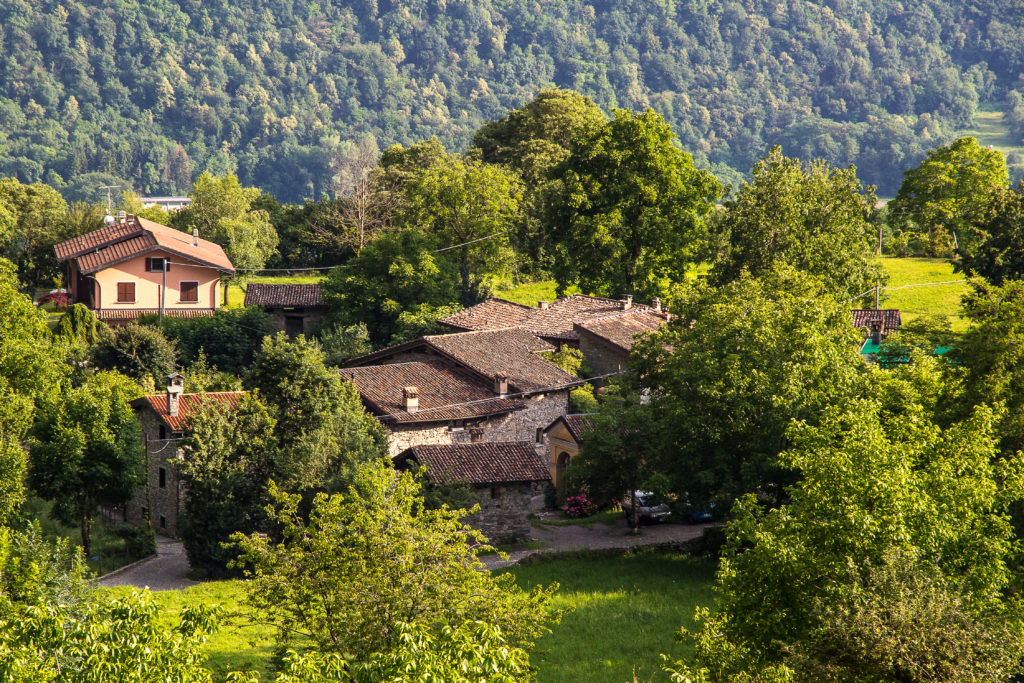
Albergo Diffuso project, the geographic description
The aim is to provide a guideline for developing the “Albergo Diffuso” (AD) project in the valleys of Lario (Lake Como) and Ceresio (Lake of Lugano).
These areas can be found in the province of Como in Lombardy. More precisely, it is located in the northwestern part of Lake Como, bordered to the north by the province of Sondrio, to the east by the province of Lecco and the west by Switzerland. This area also includes the eastern shore of Lake Ceresio. The local organization that covers this area is the ”Comunità Montana Valli del Lario e del Ceresio” in English, translated as the Mountain Community of Lario and Ceresio Valleys”. Lake Lario is the official name of Lake Como, and Lake Ceresio is the official name of Lake Lugano. The local authority was created in 2009 by merging two comunità montane: Alpi Lepontine and the Alto Lario.
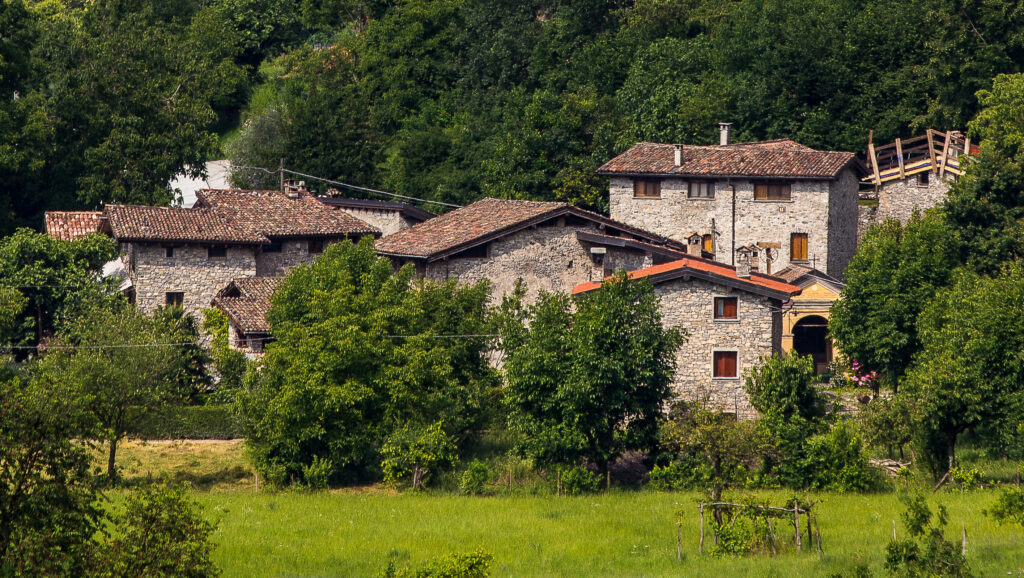
Albergo Diffuso, the formula for tourism development.
The “Albergo Diffuso,” a “scattered hotel,” is a new accommodation type. It consists of two or more existing buildings, such as old barns or unused homes, that may be refurbished and made more comfortable to achieve hotel standards. In addition, AD projects ought to include a proposal for the redevelopment of the surrounding area through proper planning methods.
– A proposed renovation of existing buildings, accompanied by
– A proposed redevelopment and revitalization planning.
The renovation allows us to obtain two advantages:
1. First, a structure that is not newly built but recovered from existing buildings with attention to architectural detail, such as the originality of the materials and the design.
Furthermore, the risk of excessive overbuilding, which may destroy natural habitats and biospheres, can easily be avoided. This particular point helps prevent the cultural landscape and develop sustainable tourism in this area.
Sustainable tourism, as defined by the International Council on Monuments and Sites (ICOMOS), refers to an activity level that can be maintained over the long term because it produces a net benefit for the social environment, economy, and natural and cultural area in which it takes place.
In other words, sustainable tourism
– allows the social and economic development of the residential community (without intermediaries who take a high percentage of the profits, let alone the whole generated income);
– does neither destroy nor harm the environment, instead protecting it (usually, the environment is the first victim in touristic areas);
– includes planning, organizing and managing an area’s touristic behaviour and movements.
2. Second, It helps to solve the problem of hostility towards tourism because:
– the population may be feeling more involved by the overall certainty of having a say in what is going to happen in this project; the buildings that make the AD may be the property of different people;
– Tourists who generally use this type of structure like to be temporarily involved in the local community to learn about culture, traditions and lifestyles. Many tourists seek the opportunity to plunge into a different world.
Redevelopment and revitalization planning are the solutions to avoiding the disappearance of the charming suburbs.
The “Comeglians” is an example in the Friuli—Venezia Giulia region, home of the first “Albergo Diffuso.”
The minimum requirements for hosting the ADS are evaluated through a SWOT analysis. Interesting tourist attractions and minimal infrastructure are compatible with a project of this kind. Relevant resources for the project are natural resources, cultural resources, tourist facilities, and activities.
All are assessed through a SWOT analysis, a strategic planning tool used to evaluate the strengths, weaknesses, opportunities, and threats of a project or of any other situation in which an organization or individual must make a decision to achieve a goal.
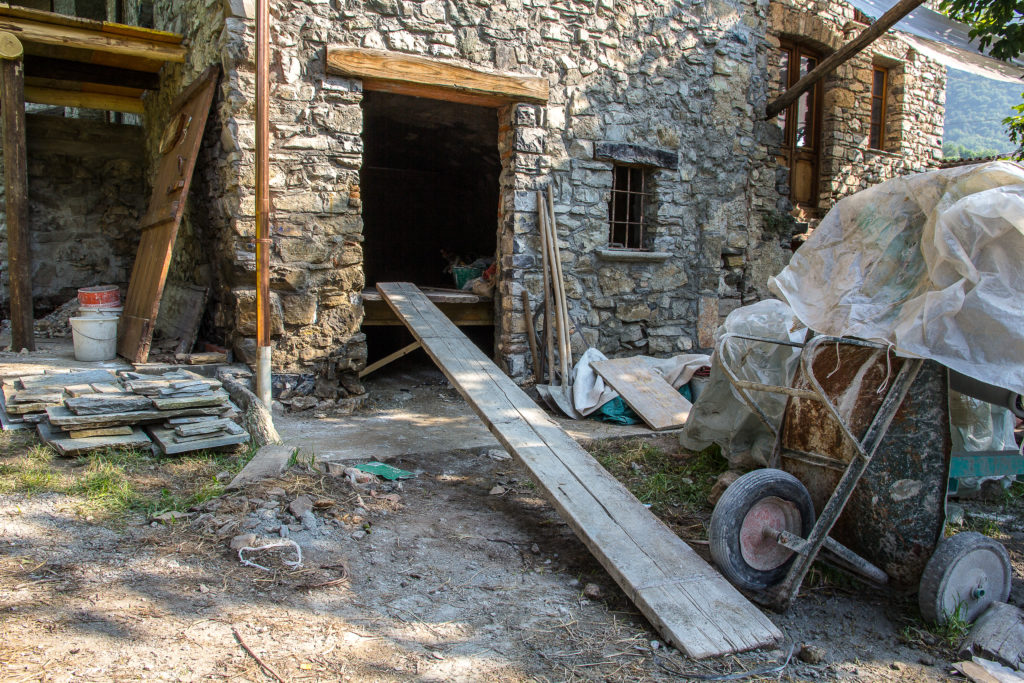
First selection
Following the guidelines, I created a database to select the areas of the Lario and Ceresio Valleys that are most interesting for an AD proposal.
I have selected municipalities with a population of between 500 and 2000, including those with the most common services. I have considered the locality with at least one restaurant, a bar, a pharmacy, a post office, and a grocery store on site. I, however, declined to consider the municipalities with the highest number of services since the hotel should be created to help the area grow.
From this first selection, three localities seem interesting: two on Lake Como, San Siro and Musso, and one located between Lake Como and Lake Lugano, Grandola ed Uniti.
- San Siro in the locality Rezzonico presents a very peculiar and characteristic medieval village overlooking the lake and in a quiet state concerning the queen;
- Musso has ruins of the ancient castle Medeghino;
- Grandola finally has the ancient and majestic oak named Rogolone, located in Codogna locality.
These features are essential to developing the tourism system to operate the Albergo Diffuso.
On-site verification
I have checked the following:
• The actual existence of a well-defined village, then the rest of the country;
• Presence of abandoned houses for sale or rent in the village area;
• Presence of hotels, campsites, BB, townhouses or apartments (which may also be interested in joining the AD or the AD to be managers);
• Presence of services in the borough.
Grandola and San Siro are the most attractive villages, both made up of several hamlets.
Musso does not have a defined historic centre or even the minimum services to host the AD, so the proposal has focused on two other municipalities.
Grandola is potentially suitable for the location of Cardano, while San Siro is a fraction of Rezzonico.
Cardano in Grandola has a well-defined centre that corresponds with the entire town, and the village has an interesting rural feel.
Rezzonico has an important peculiarity: it is a well-defined locality than the rest of the town. It is directly on the lake near the ruins of a beautiful castle. The village has an internal hotel-restaurant-pizzeria and a bar; it also includes a pier. Leisure activities include walking along the old road (now protected from the state), water sports, and mountain trips.
It is possible to design the Albergo Diffuso, given the small size of the towns and the beauty and peculiarity of these places.
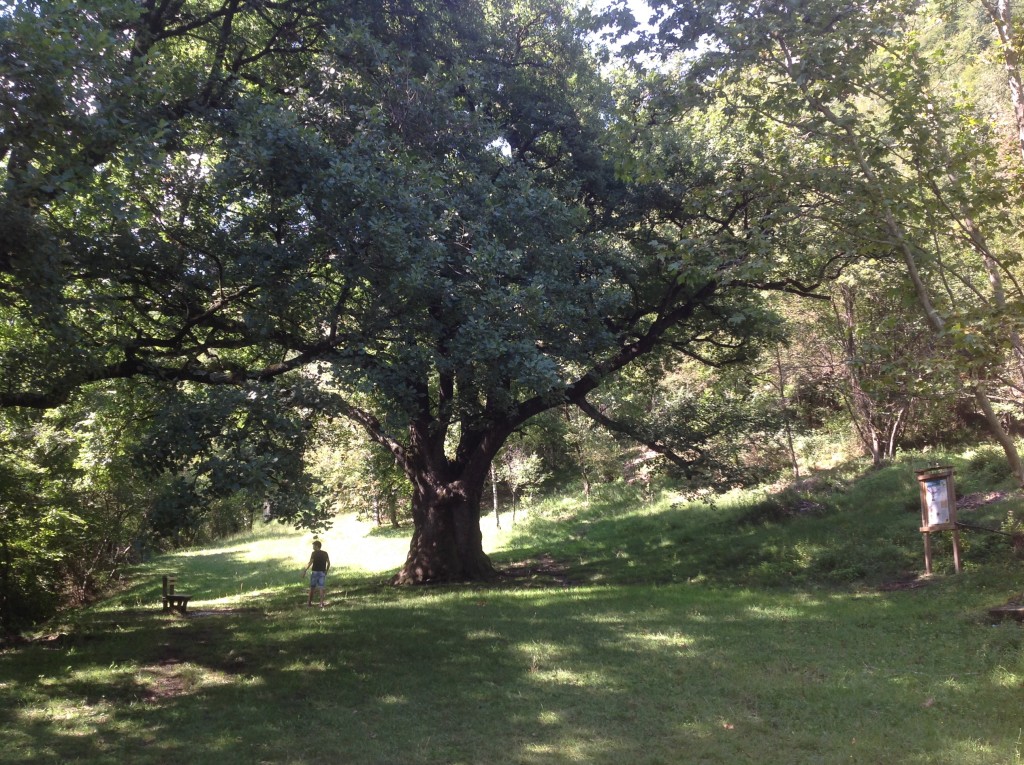
Why Albergo Diffuso ?
This area seems to have all the features necessary to accommodate an Albergo Diffuso project. Three types of touristic niches have to be reorganized:
- The beautiful landscape and environment have to be better protected,
- The local culture needs to be displayed to everyone interested in it.
- The little space which is available for tourist accommodation.
These are the very important essences of a new form of tourism.
I propose the “Albergo Diffuso” because, in 2005, the mountain community began, on parts of this territory (the area of Lepontine Alps), to look for a path to get accredited by the European Charter for Sustainable Tourism in Protected Areas. All projects and activities related to this paper are to protect natural and cultural heritage and continuously improve tourism in the protected area regarding the environment, population, local businesses, and visitors.
In order to gain knowledge about this topic, further studies were necessary. These studies have shown that:
– the greatest opportunities are linked with the development of less invasive forms of tourism such as green holidays. Green school trips, biking, walking, hiking etcetera are perfectly suited in this context.
The tourist footprint in the area would be less than that of residents but higher than the land can possibly support. Among the various types of facilities, second homes offer great opportunities. To be more precise, promoting the use of these houses as accommodation would be very sensitive to reducing the impact of tourism on the environment.
I have also verified (via questionnaire) whether the problems related to tourism are proving to be true or if they may be changing from the problems that emerged in that period. 75 questionnaires were sent to places at North Lake (Alto Lario) and 45 to the Lepontine Alps. The response to my first send-out was higher than expected, with an average of 41%, which is 31 answers.
The output of the questionnaires was collected, stored in a database and, at last, analysed. Among the information obtained, the most considered are drawing from the very low level of general development of tourism in this area. In this regard the most noteworthy can be found below.
- Both, low maintenance and insufficient signage (in form of too few and to sporadic put up public display signs) of the partly existing mountain trails and walkways. (In order to guarantee safe holidays it ought to be changed.)
- The public transport system is, due to the infrequency of the bus and train travel possibilities, unsatisfactory.
- The highly frequented road SS Regina, where masses of pollution, noise and further disturbance is generated.
- The introverted mentality of the local communities.
- A lack of cooperation between private and state/public organisations.
The most interesting suggestions to improve tourism are:
– Open shops in the evening, increased nightlife
– Possibility of going shopping on holidays
– Training and refresher courses for those working in tourism.
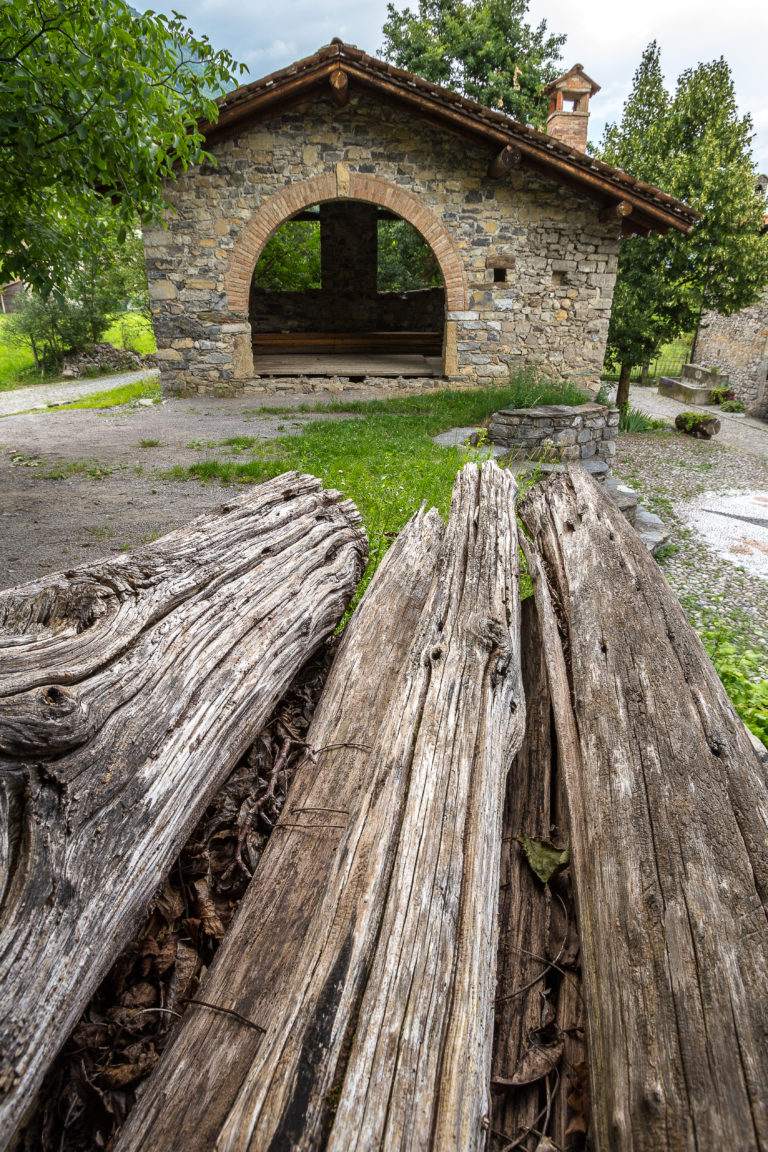
Project proposal
My proposal for the Codogna location (town of Grandola) and Rezzonico (town of San Siro ) was designed after analyzing and understanding the situation of AD currently recognized by the association ADi (Associazione Italiana Alberghi Diffusi).
Features in common of the AD answered to my questionnaire are:
• Type of company: private company generally;
• Funding rarely used;
• Availability to include more ecological measures as soon as possible;
• Ecological initiatives already were undertaken.
The proposal:
1. Form a partnership among property owners (they can be second-home owners, but also owners of bed and breakfast and holiday homes), public bodies, and operators in the tourism sector.
2. The partnership purchases and owns the housing units. It renovates and arranges them to reach hotel standards. In addition, some owners may let the company manage their properties.
3. The company aims to ensure an economic return to shareholders and become a landmark for local tourists.
– The tasks of the company are:
manage housing units as a classic hotel with services: reception, housekeeping, breakfast;
– engage and manage the land. Create partnerships with restaurants, sports, cultural, tourist guides, organizing events (internal and external);
4. Coordination among the structures: who is a Hospitality provider who does not want to be part of the AD may still be involved in the project as an outside consultant to bring their experience as a tourism operator.
5. Coordinate the area: The Albergo Diffuso must represent a more expansive territory of their municipality, becoming a true landmark of the whole tourist area of the valleys of Lake Como and Lake Lugano. That’s why you need to create a single company that deals with both popular hotels.
6. Ideas that should be pursued:
– Reorganize the street cleaning, maintenance, and cleaning of the playground, picnic areas, and sidewalks.
– Install a more significant amount of garbage bins and differentiate with the space provided for cigarettes to decrease the frequency of cleaning with employees.
– Open more tourist offices or equip disadvantaged areas with information kiosks.
– Create a portal area (project in progress by the mountain community).
– The hotel must have spread information: books, magazines, tourist guides, maps and charts, films shot in the territory or lakes Como and Lugano, and books set in the territory.
– Host local experts or less for refresher courses on various topics: history and traditions, myths and legends, flora and fauna, ecology, etc., open to all, even in English, if we want to involve tourists.
– The menus of restaurants should use local products.
– Tasting of typical products in restaurants during the low season.
– The hotel must provide spread to craftspersons, farmers and hunters space where they can present their products.
– All facilities should use energy-saving measures and recyclable material (project in progress by the mountain community).
– Request to expand the number of runs for the hardest-to-reach places, at least between April and October; also consider the lake transportation.
– Establish a shuttle (dividing the costs among all the structures) to provide transfer service from Colico Minimum, Menaggio, Porlezza and Lugano.
– Prioritizing the cleaning of footpaths and signs of mountain trails.
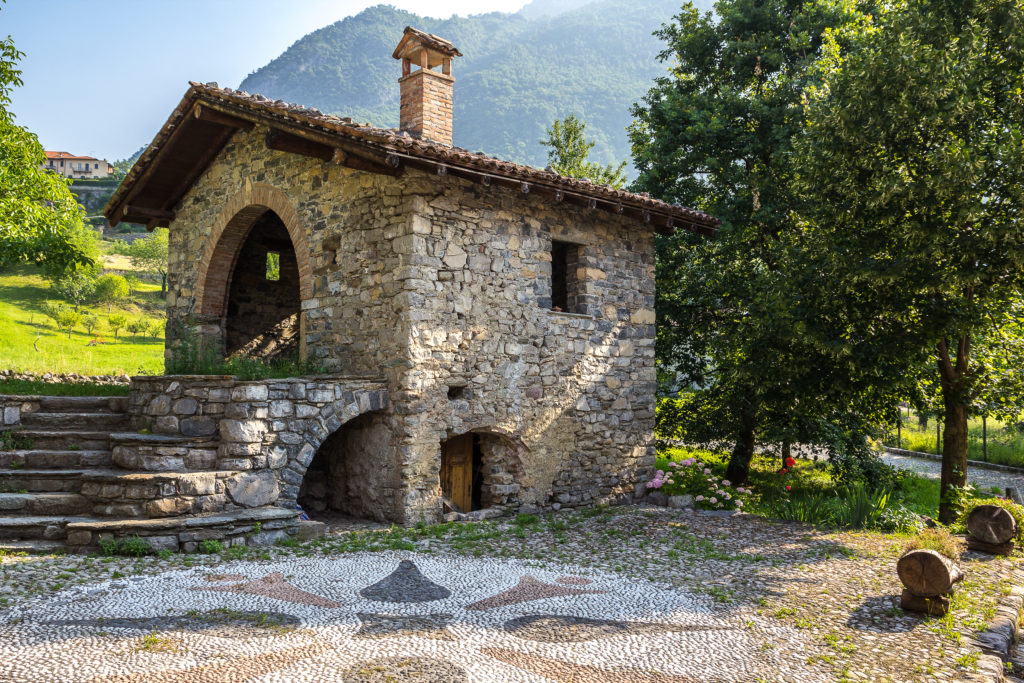
The response to the proposal
The overall project proposal was submitted, attached to a short questionnaire to people potentially interested in the Albergo Diffuso project. Everything has been sent to those who actually are available to rent a house or apartment (I found them on various websites, including www.subito.it, www.idealista.it, www.eurecasa. com and www.immobiliare.it) and the municipalities of the villages selected earlier:
– Homeowners/flats for rent in Grandola (3) and San Siro (1);
– Municipalities of San Siro and Grandola
One of the three homeowners in Grandola preferred not to be involved and the municipality of Grandola has not responded to the questionnaire, so the responses were in total four.
The town and one of three owners responded that they have heard about “widespread hospitality” a second owner claims to be aware even if he never had direct experience.
Three of four respondents, including the municipality, said they could be interested in participating.
Conclusions
An Albergo Diffuso project is the popular choice for locations that (as the valleys of Lake Como and Lake Lugano) wish to become sustainable destinations showing their guests the peculiarities which are marked. Use this new and innovative formula of hospitality (which works well in Italy because of a large number of small countries from which the state is made) can, in fact, increase beds without building new buildings, but simply renovating it.
This proposal is suitable for places that have much to show to the visitors: beautiful landscapes, traditions, and culture, but at the same time, they must be protected. You must make sure that it allows those who live in these places to continue to do so and let people who want to visit do it, so it is important to use the resources but not exploit it in an uncontrolled manner.
Moreover, these places are often faced with problems of depopulation, due to lack of job opportunities and professional growth. Even in this fact AD may help: recovering and repurposing traditional jobs as fishers, farmers, and peasants but also proposing a diversification of the economy with increased tourism development linked to the territory.
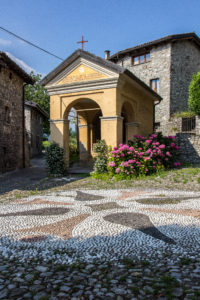
A project of the AD, such as this one, has the objective to transform a simple location into a tourist destination and tourist destination in sustainable tourism destination, which is why it is perfectly in line with the strategy of development which started in 2007 in the valleys of Lake of Como and the Lake of Lugano. This is one of the paths is possible to follow to get the European Charter for Sustainable Tourism in Protected Areas.
The Albergo Diffuso project can also help spread the valleys of Lake Como and Lake Lugano to be named and remembered by the media. These projects are followed by the population that is more attentive to issues such as sustainability and the environment, this formula is acquiring great importance in the European and Italian media and has been included in some guides as well as in articles of American newspapers.
In a global context in which it is recognized the need for change towards a more sustainable way of life, privileged territories such as the area of the valleys of Lake Como and Lugano should give an example of development with sustainable tourism projects.
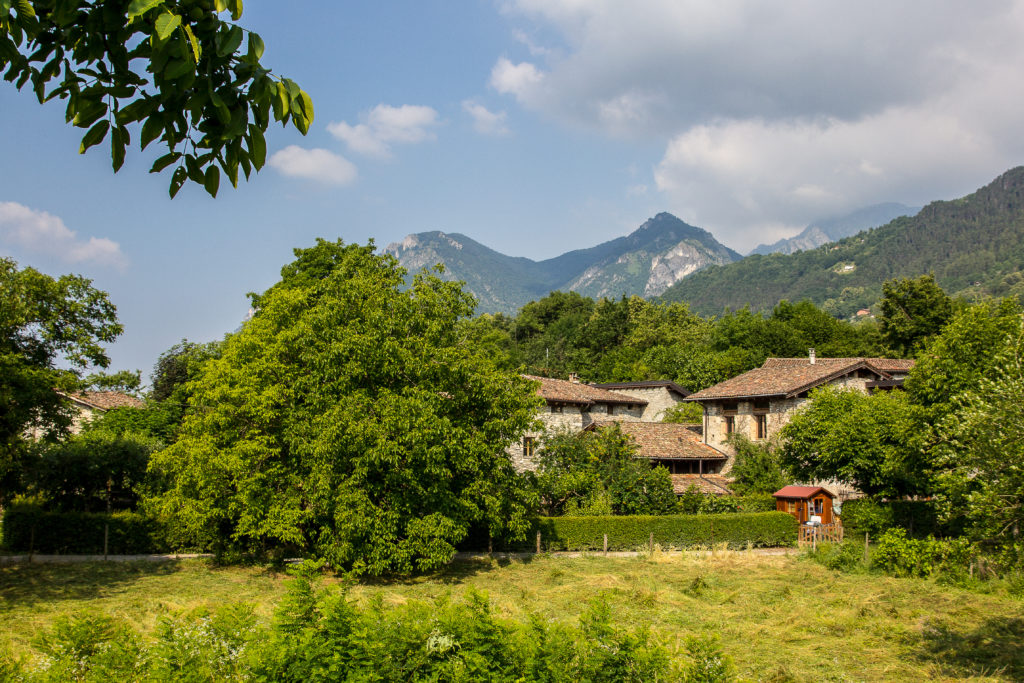
Are you interested to know more?
Ask #STouW by Sara Vitali about:
#sustainabletourism consultancy,
#socialmedia strategies for tourism sector & linked sustainable, responsible, green or eco businesses;
#sustainabledevelopment through tourism.
http://sustainabletourismworld.com/sara-vitali-stw-founder/
